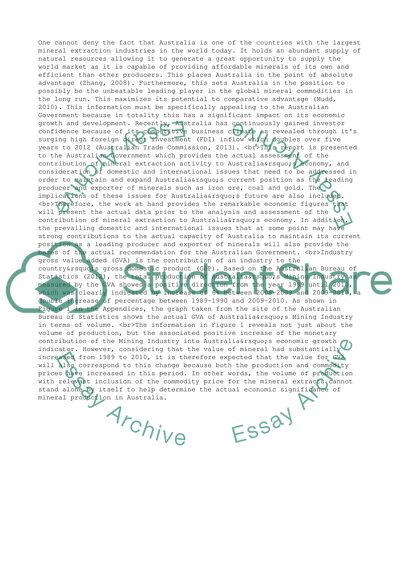Cite this document
(“Issues in Global Business and Strategic Concepts Essay - 1”, n.d.)
Issues in Global Business and Strategic Concepts Essay - 1. Retrieved from https://studentshare.org/business/1491358-issues-in-global-business-and-strategic-concepts
Issues in Global Business and Strategic Concepts Essay - 1. Retrieved from https://studentshare.org/business/1491358-issues-in-global-business-and-strategic-concepts
(Issues in Global Business and Strategic Concepts Essay - 1)
Issues in Global Business and Strategic Concepts Essay - 1. https://studentshare.org/business/1491358-issues-in-global-business-and-strategic-concepts.
Issues in Global Business and Strategic Concepts Essay - 1. https://studentshare.org/business/1491358-issues-in-global-business-and-strategic-concepts.
“Issues in Global Business and Strategic Concepts Essay - 1”, n.d. https://studentshare.org/business/1491358-issues-in-global-business-and-strategic-concepts.


